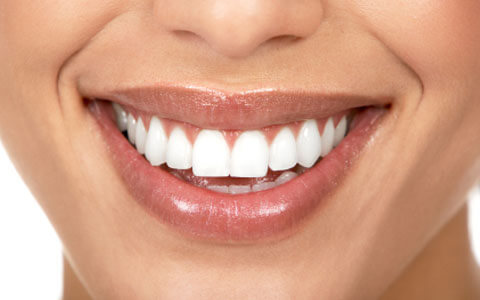Dental Terms
Dental Plaque Richmond Hill
Understanding Dental Plaque
Dental plaque is a sticky, invisible film of bacteria that forms on your teeth and gums. While it may seem harmless at first, plaque is a primary contributor to tooth decay, gum disease, and other oral health problems. At , and our team are dedicated to helping you understand, prevent, and manage dental plaque to maintain a healthy smile.
What is Dental Plaque?
Dental plaque is composed of microorganisms, primarily bacteria, that naturally exist in the mouth. These bacteria feed on sugars from food and drinks, producing acids that can damage your teeth and irritate your gums. Plaque is initially colorless and sticky, but if left untreated, it can harden into tartar (also called dental calculus), which appears yellow or brown and can only be removed by a dental professional.
Dental plaque can form anywhere in the mouth, including:
- Between teeth
- Along the gumline
- On the front and back surfaces of teeth
- Below the gumline near cervical margins
Other names for dental plaque include microbial plaque, oral biofilm, dental biofilm, or bacterial plaque biofilm.
Why Dental Plaque Matters
When plaque is not removed, it can lead to:
- Tooth decay (dental caries): Acids produced by plaque bacteria can demineralize and damage tooth surfaces.
- Gum disease (gingivitis and periodontitis): Plaque buildup irritates gums, causing redness, swelling, and bleeding. Untreated gingivitis can progress to periodontitis, potentially leading to tooth loss.
- Tartar formation: Hardened plaque that cannot be removed with brushing alone and requires professional cleaning.
Detecting and Removing Plaque
Dental plaque is difficult to see without help. You can make it visible using red disclosing tablets or green food coloring applied to teeth. Areas that retain color indicate where plaque remains and require more thorough brushing or flossing.
Effective plaque control involves:
- Brushing teeth at least twice daily with proper technique
- Flossing daily to clean between teeth and along the gumline
- Using interdental brushes or other aids for hard-to-reach areas
- Rinsing with an antiseptic mouthwash if recommended by your dentist
- Regular professional cleanings at to remove tartar buildup
Partnering with for Oral Health
At in , and our experienced team are committed to helping you prevent plaque-related problems and maintain optimal oral health. We provide professional cleanings, education on proper oral hygiene, and personalized guidance for preventing cavities and gum disease.
If you are concerned about dental plaque or want to protect your teeth and gums, contact today. Call to schedule an appointment. Our office is conveniently located at , , , , . Let us help you preserve your oral health and maintain a healthy, confident smile.


